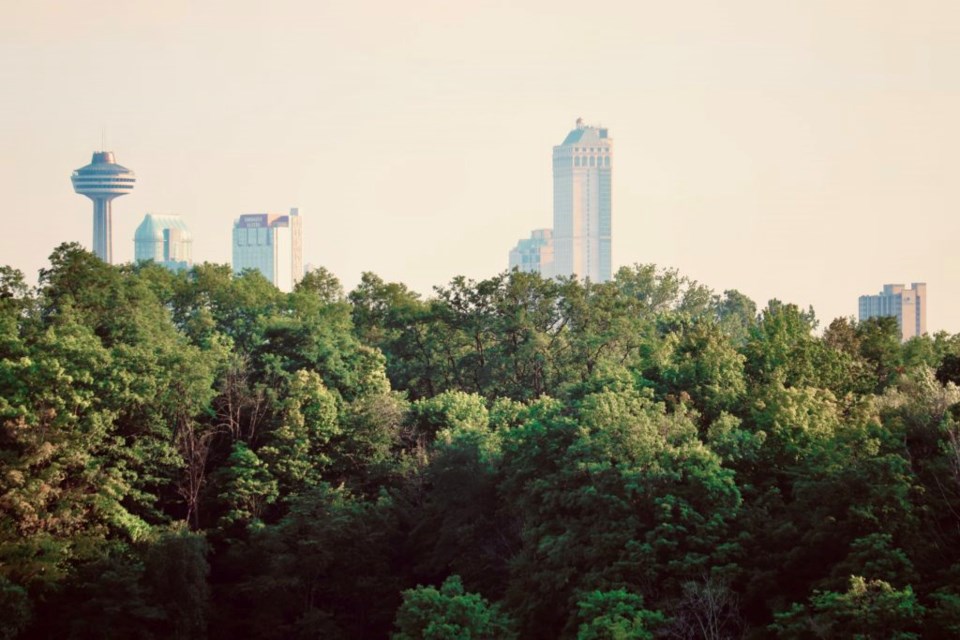
The most obvious and profound phenomenon climate and COVID share is how universal they are. Everyone and every creature on the face of the globe is along for the ride. Like humans, some species of animals who live in a bubble may not grasp the enormity of climate change or COVID, because neither are at their back door.
Both climate change and COVID are vectors of time. Both situations will evolve and grow with every sunset and sunrise, and we are left with the challenge to respond. Because they are both such massive and forward moving items, they don’t discriminate.
Climate change’s most regrettable effects are already hitting areas of the world with a more sensitive impact profile. These are regions where people live in high population densities and are exposed to volatile environments, often in poverty. Having said that, the same way COVID infected some of our world leaders, climate change’s ripple effects can slowly creep up on the most affluent and protected areas of the world, too. It could be anywhere, but the arrival date of the challenge never gets set in stone.
That makes this pandemic and climate change economically costly. Wow, that feels like an understatement right now more than ever. Both of these external pressures have beckoned some serious financial reshuffling, all over the world, in every country. Perhaps at a scale we’ve never understood or seen before.
Climate change couldn’t have possibly smacked our economy the way COVID just did overnight, though. The main difference shows how one economic harm is human induced, while the other will be to ‘blame’ for climate change, probably when the effects start to irreversibly take hold.
It appears that when it’s the classic dichotomy of economy versus environment, we ponder, bicker, and act slowly. When we were faced with the new hot conversation of economy versus human life, we really kicked into high gear.
Now, we have a triangle between economy, human life, and the environment. As a species at a global level of functioning, we seem to pick two of them at our best capacity. The category we neglect to align our interests with is the one that will sneak up the worst in the long run. COVID came fast, while climate change is relatively a sleeper, whose time is just waking up. Is our house ready? Or is it already on fire?
With the pandemic’s arrival, we responded to a threat. The world took the steps it felt was most appropriate. Governments rolled out a lot of money and guidelines. Absolutely everyone had to take a step of some sorts. But herein lies another difference between the two — some countries aren’t taking any steps at all with regards to climate change, because unlike COVID, it hasn’t been as immediately alarming yet.
Some prominent world leaders claim climate change isn’t real or serious, and they are often in the same league of folks who also didn’t handle the pandemic’s arrival wisely.
Both climate change and the pandemic are biologically costly to our human health, and therefore, our health system. COVID can potentially inundate hospitals with patients, as the virus is the reason they are admitted. However, with climate change, a much bigger and fully encompassing health crisis is happening. Air, water, and soil quality all around the world are generally trending downwards. This sets the universal stage for higher likelihood of weaker immune systems or greater proneness to pollutants. We can simply expect more people to get more sick as our surrounding environment’s quality and services deteriorate.
These two big topics also create human migration and displacement events. We’ve seen it in the news, those heartbreaking images of people in refugee camps, marching down roads with their limited belongings. The remarkable but dark truth is that this situation could come to fruition as a consequence of a serious storm, a predicted 50-year rise in sea level, or a sociopolitical conflict.
Three entirely different events, which can all cause the same result.
There is no doubt that COVID has exposed conflicts all over the world this year. It has done so indirectly, but we’re aware of historical patterns where conflicts can grow to a bursting point, and then human displacement can occur.
I feel like the bursting point for climate change’s uncontrollable effects are getting ready to do just that — burst. The science is in, and it tells us that once some natural systems tip over a certain threshold of stress, they can exponentially disappear and harm other areas around them on the way out.
The physical removal and manipulation of our natural landscapes are easier to see on the eye. When sea levels creep up on communities in the ocean and unusual floods wash through their own records (like what is currently happening at the Three Gorges Dam in China), we see climate change’s moments of growth. It’s visible.
One of the players we face is fast, and disturbingly personal. The other player is slow and unassuming, at least giving us the grace of time to prepare for the battle.
Considering that time is the most valuable currency and can’t be paid back, we should use it wisely, while it’s on our side.


